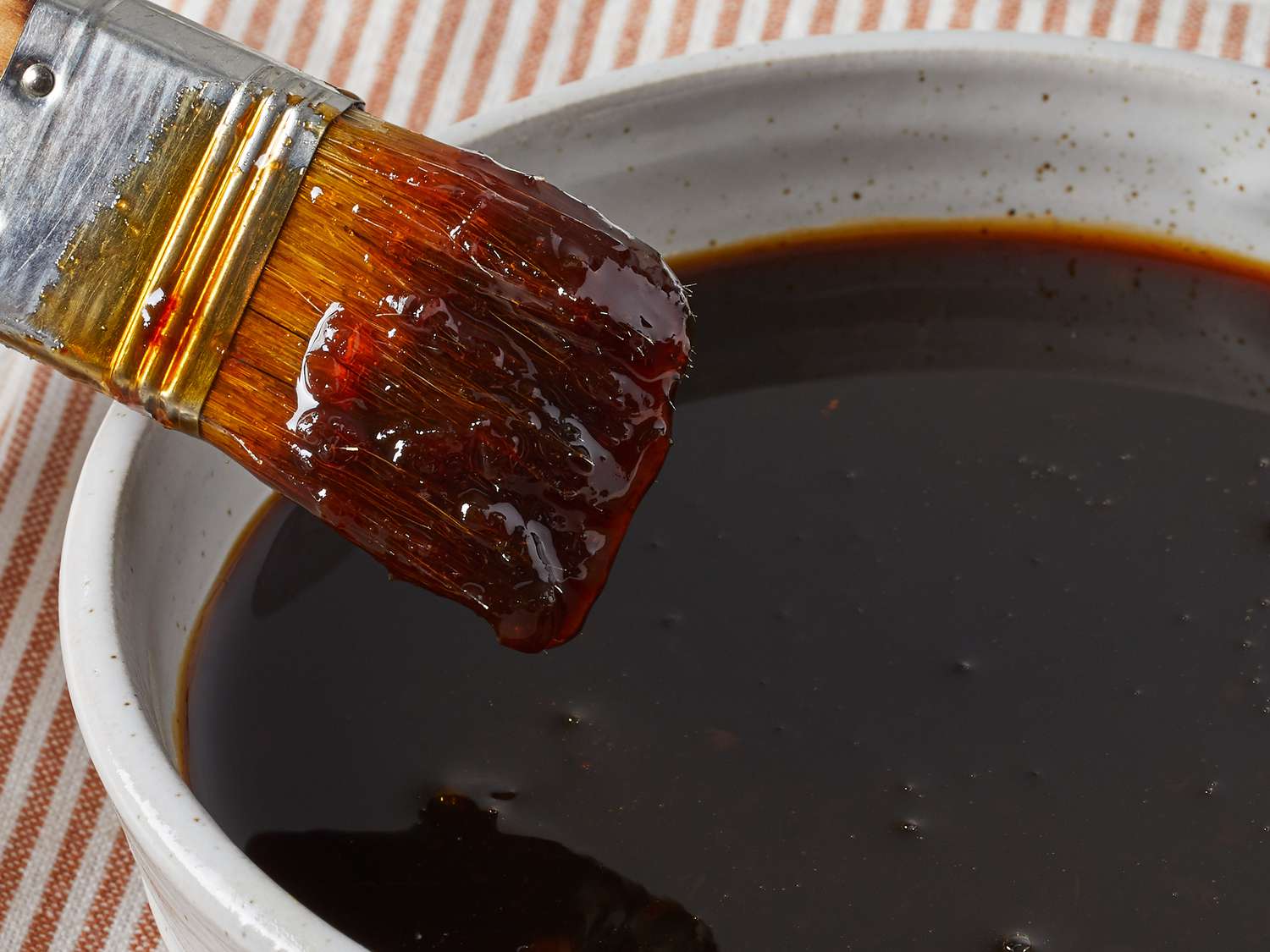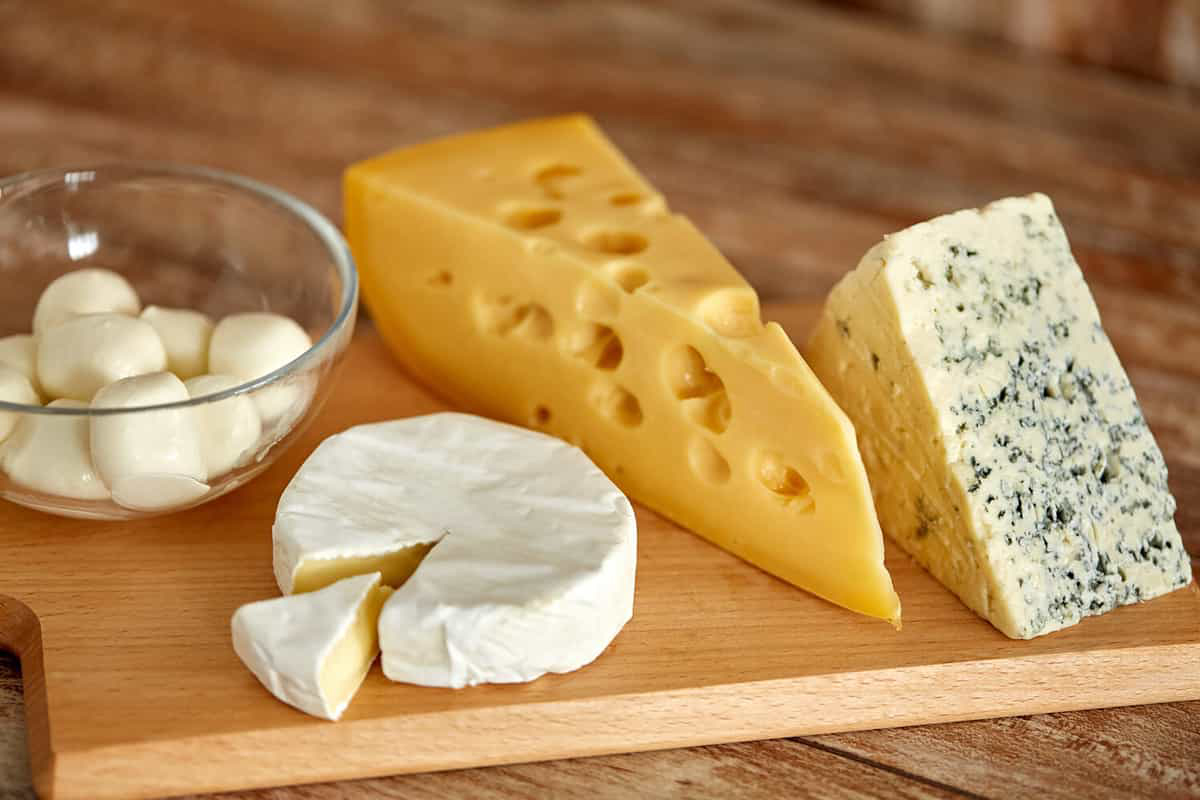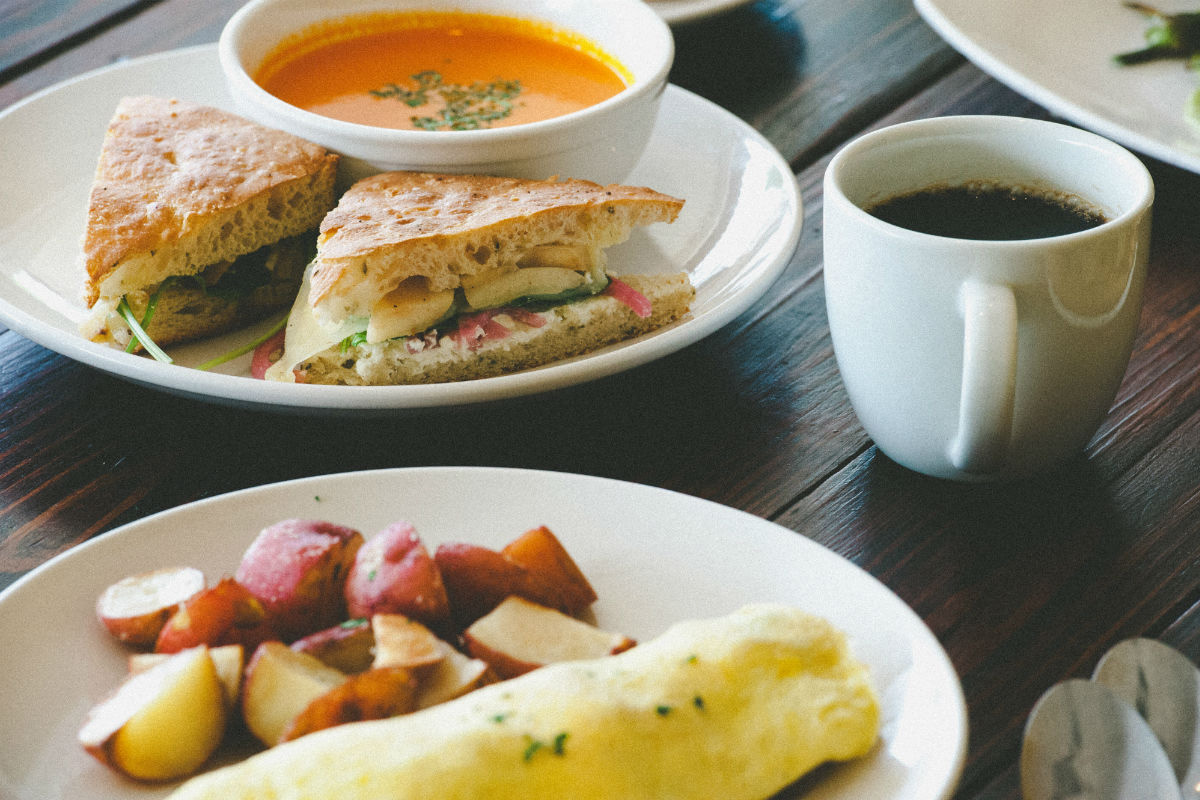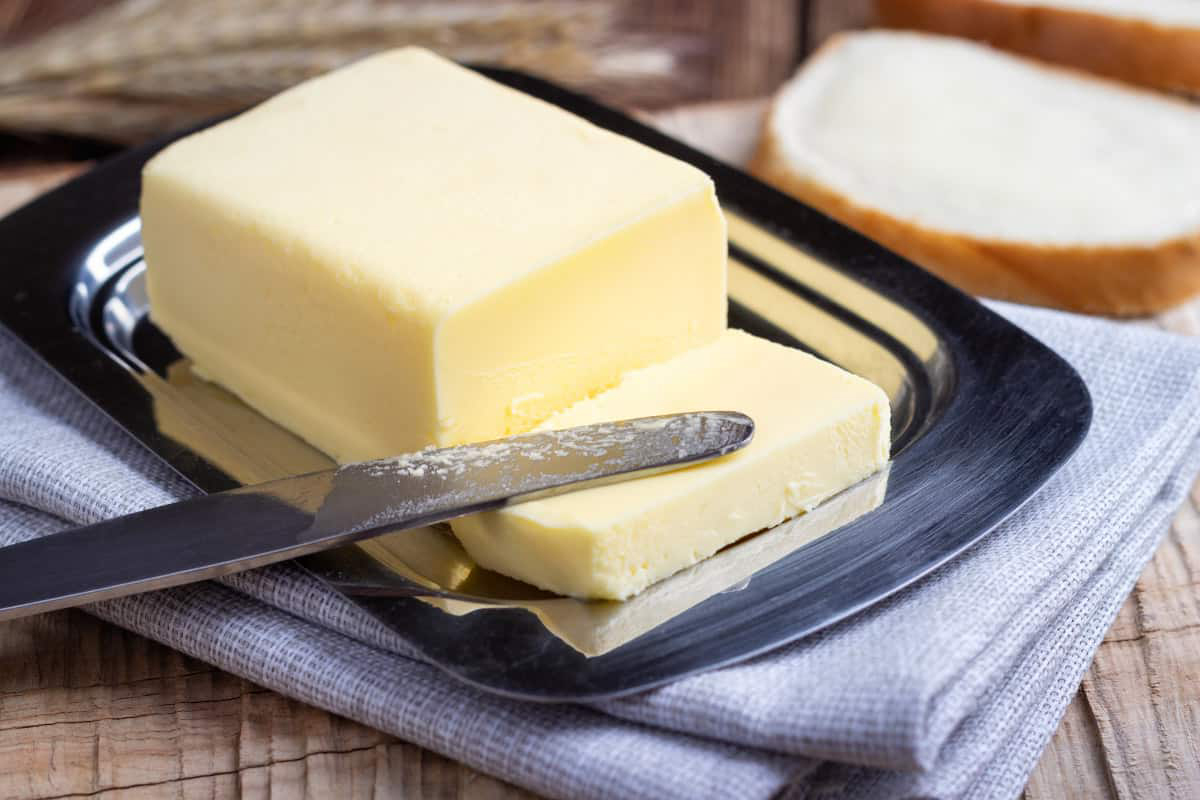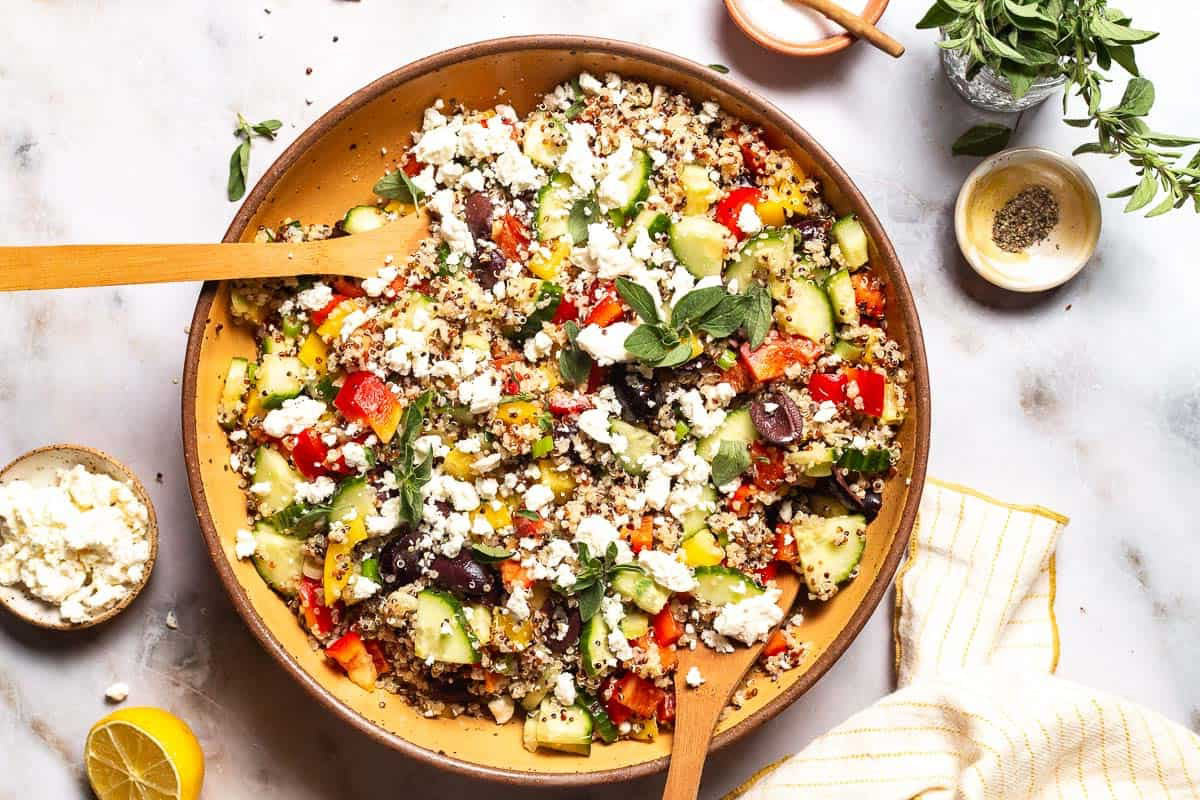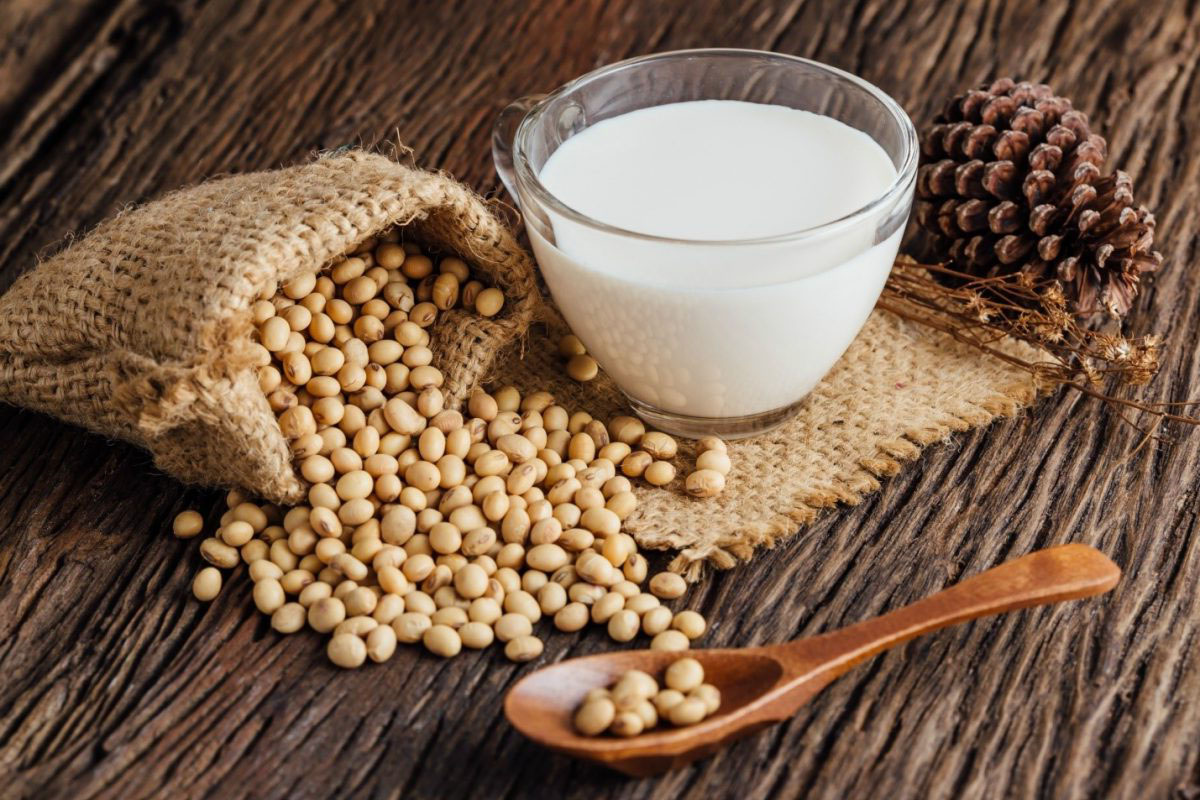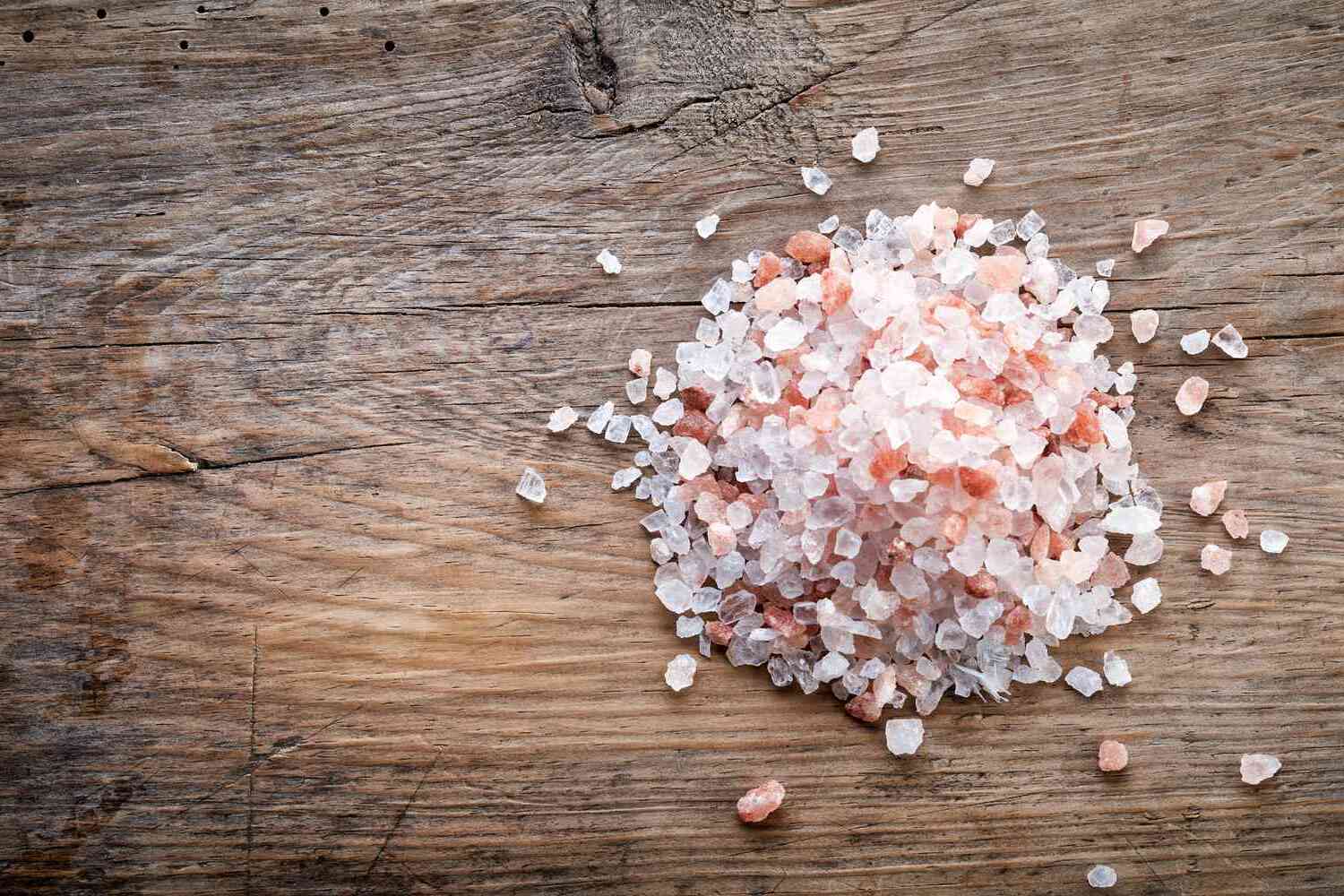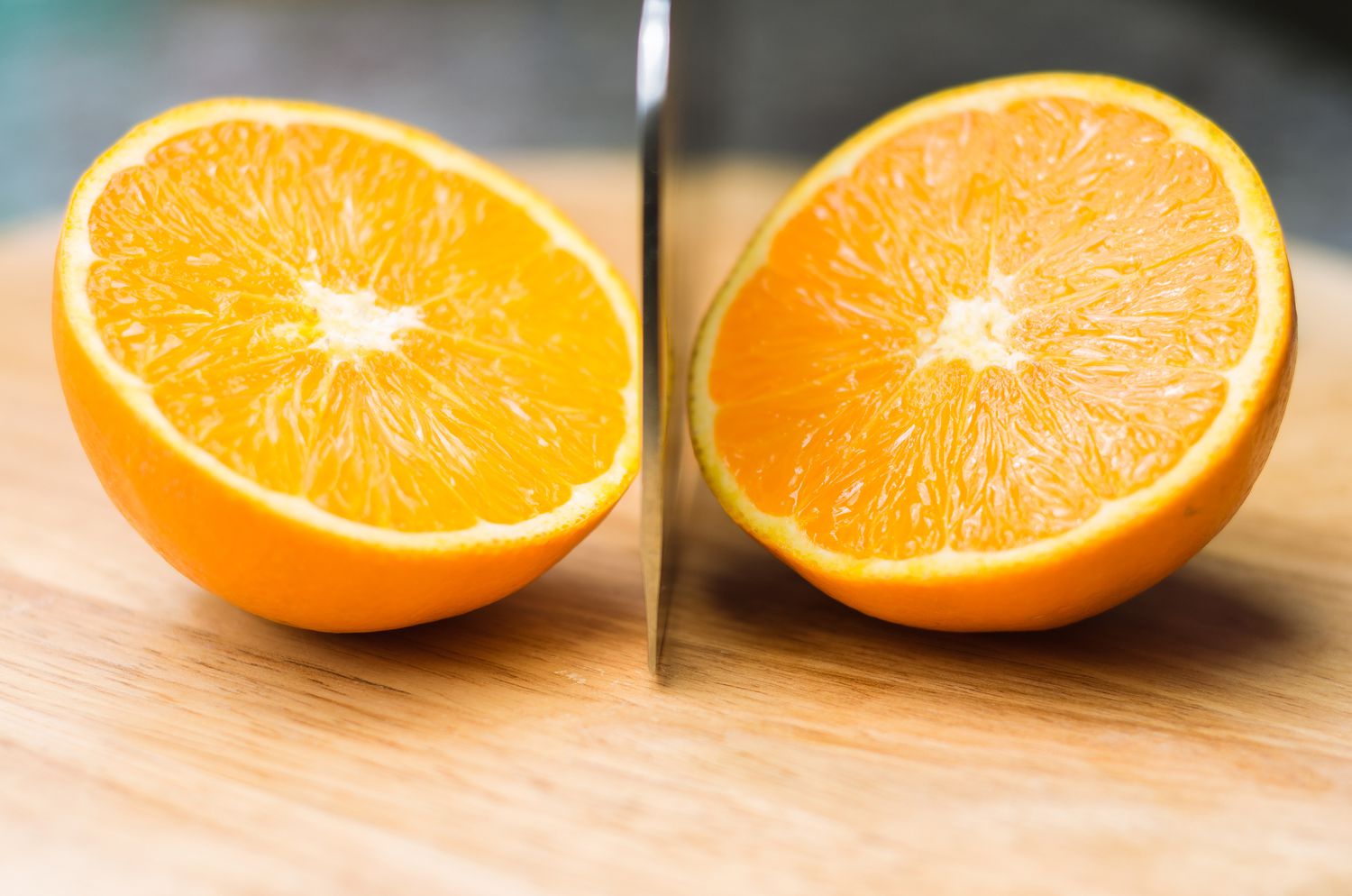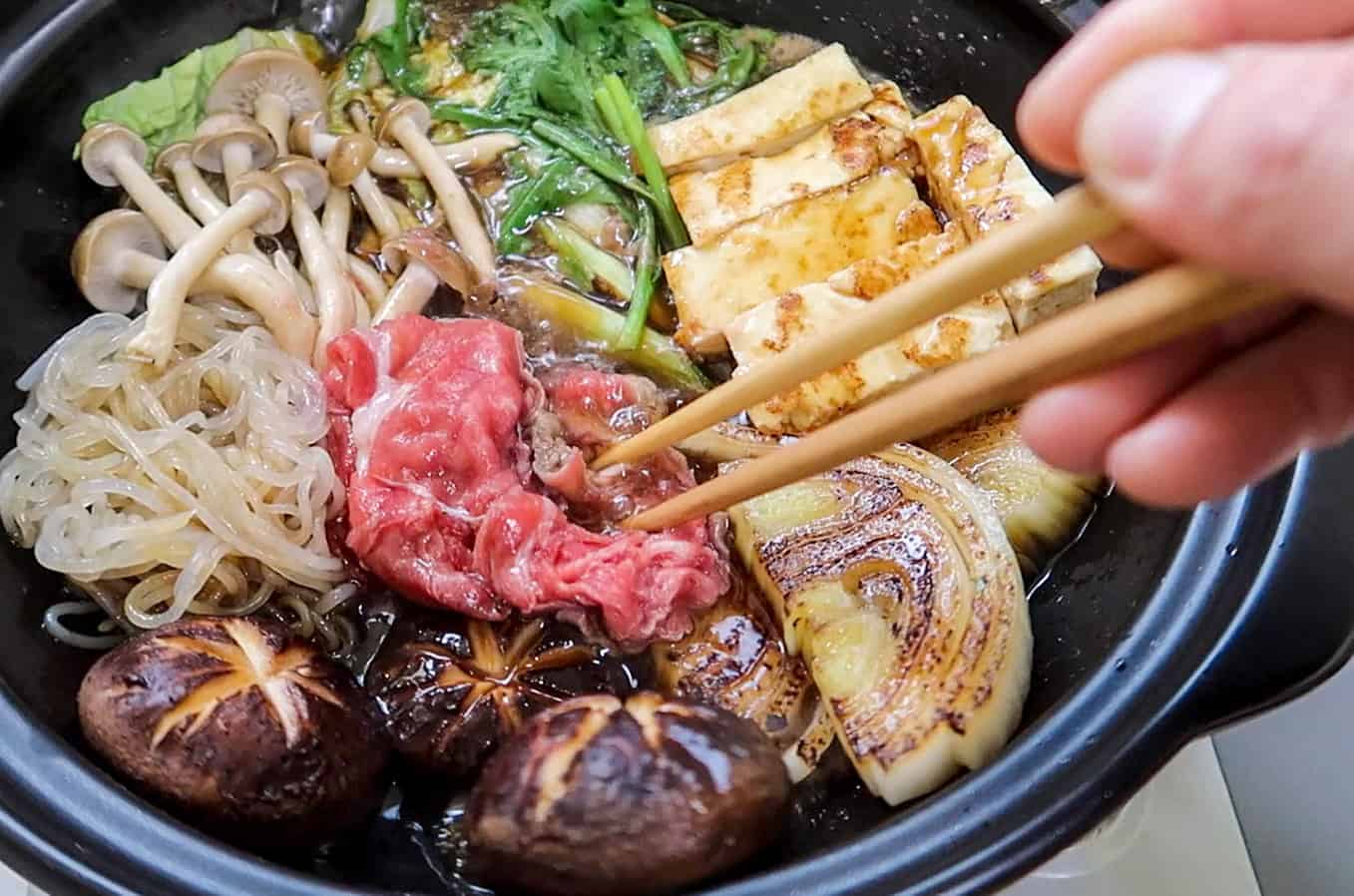Discovering the Delightful Pak Choi
Are you curious about pak choi and what it has to offer? This leafy green vegetable, also known as bok choy or Chinese cabbage, is a popular ingredient in Asian cuisine and is gaining popularity in Western dishes as well. Let’s delve into the world of pak choi and explore its origins, nutritional benefits, and how to incorporate it into your meals.
Origins and Varieties
Pak choi has been cultivated in China for centuries and is a staple in many Asian dishes. It belongs to the Brassica rapa family, which also includes turnips and mustard greens. There are two main varieties of pak choi: the white-stemmed and the green-stemmed. Both varieties have dark green leaves, but the white-stemmed pak choi has a crunchy texture and a slightly sweeter flavor, while the green-stemmed variety has a more robust taste.
Nutritional Benefits
When it comes to nutrition, pak choi packs a powerful punch. It is low in calories and high in vitamins and minerals, making it a great addition to a healthy diet. Here are some of the nutritional benefits of pak choi:
- Rich in vitamin A, which is essential for good vision and a healthy immune system
- High in vitamin C, an antioxidant that supports skin health and boosts the immune system
- A good source of calcium, which is important for bone health
- Contains iron, which helps the body produce red blood cells and carry oxygen to cells
Incorporating Pak Choi into Your Meals
Now that you know about the nutritional benefits of pak choi, you may be wondering how to incorporate it into your meals. The good news is that pak choi is versatile and can be used in a variety of dishes. Here are some ideas to get you started:
- Stir-fries: Pak choi is a popular ingredient in stir-fry dishes. Its crunchy texture and mild flavor make it a great addition to stir-fried vegetables, tofu, or meat.
- Soups: Add pak choi to your favorite soups and broths for an extra boost of nutrition and flavor. It pairs well with chicken, mushrooms, and noodles.
- Salads: Use raw pak choi leaves in salads for a refreshing and crunchy element. Pair it with a zesty dressing for a delicious and nutritious salad.
- Grilled or Steamed: Pak choi can be grilled or steamed as a simple side dish. Drizzle it with a little olive oil and season with salt and pepper for a quick and healthy accompaniment to any meal.
Whether you’re a seasoned cook or just starting out in the kitchen, experimenting with pak choi can add a new dimension to your culinary repertoire. Its versatility and nutritional benefits make it a valuable addition to any diet.
Final Thoughts
Now that you’ve learned about the origins, nutritional benefits, and culinary uses of pak choi, it’s time to give this leafy green vegetable a try. Whether you sauté it, steam it, or add it to a soup, pak choi is sure to bring a delightful and nutritious element to your meals. So, the next time you’re at the grocery store or farmers’ market, be sure to pick up some pak choi and get creative in the kitchen!
